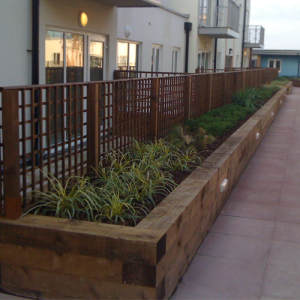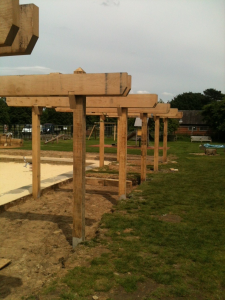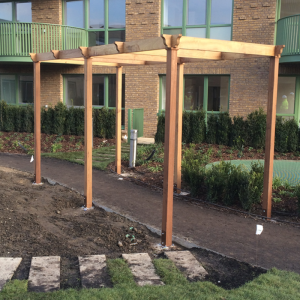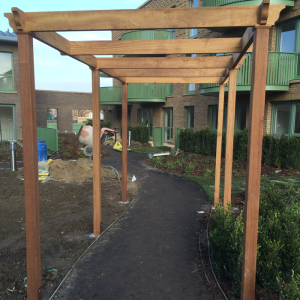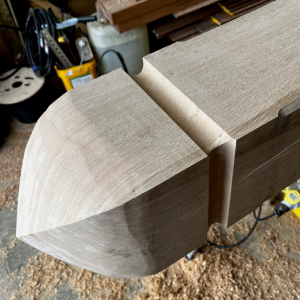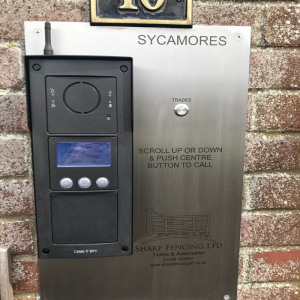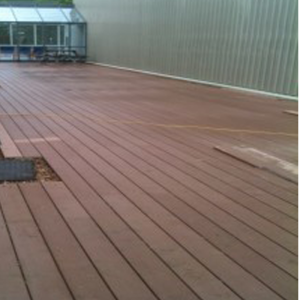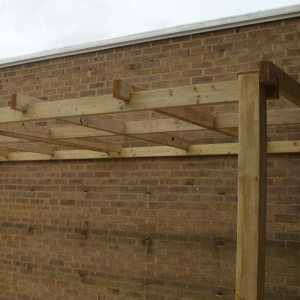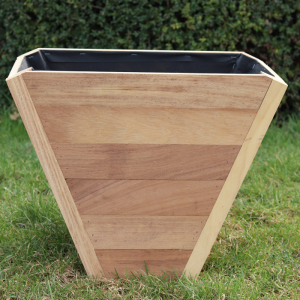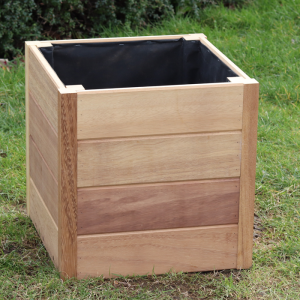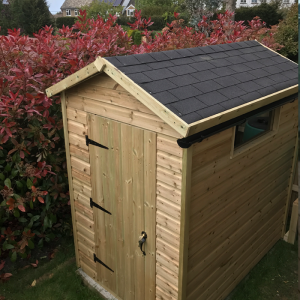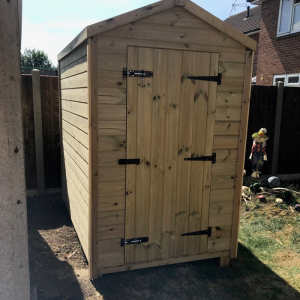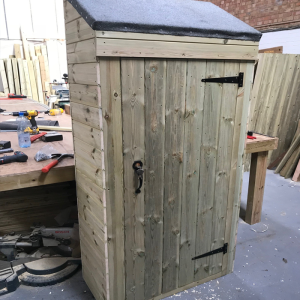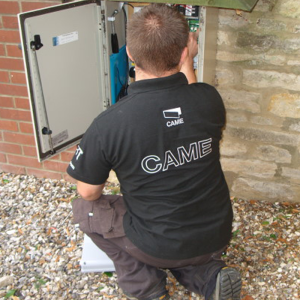Garden decking refers to the construction of a raised platform or structure made of wood or composite materials that is typically installed in outdoor spaces, such as gardens or patios. It provides a versatile and functional area for various activities, such as dining, lounging, or hosting gatherings. Garden decking can enhance the aesthetics of a garden, creating a visually appealing and inviting space. It can also serve as a transition between indoor and outdoor areas, seamlessly connecting the two. Decking materials are chosen for their durability, resistance to weather conditions, and ease of maintenance.
A wooden pergola is a structure made primarily of wood that consists of vertical posts, horizontal beams, and an open roof framework. It is designed to provide shade, create an outdoor living space, and add a touch of natural beauty to a garden or outdoor area. Wooden pergolas are typically constructed using sturdy and durable wood materials, such as cedar, redwood, or pressure-treated lumber, which offer both strength and aesthetic appeal. The open roof framework of a wooden pergola allows sunlight to filter through while providing some protection from direct sunlight. It can be freestanding or attached to a building, such as a house or a deck, and can be customized with various design elements, such as decorative lattice panels or climbing plants, to enhance its visual appeal. Wooden pergolas provide a charming and inviting space for relaxation, entertaining, or enjoying the outdoors.
Wooden sleeper structures refer to constructions made using wooden sleepers, which are large rectangular beams typically made of hardwood or treated softwood. These sleepers are commonly used in various landscaping and construction projects due to their durability and strength.
Wooden sleeper structures can serve multiple purposes, such as creating retaining walls, raised garden beds, steps, or borders. They are often used in landscaping to add structure and definition to outdoor spaces.
When constructing wooden sleeper structures, the sleepers are typically stacked horizontally or vertically and secured together using appropriate fixings or connectors. This creates a sturdy and stable structure that can withstand the pressure of soil, water, or other elements.
Wooden sleeper structures can be customized to fit the specific needs and aesthetics of a project. They can be left in their natural state for a rustic look or treated with stains or paints to match the desired style. Additionally, they can be combined with other materials, such as gravel or plants, to create visually appealing and functional outdoor features.
It is important to note that when using wooden sleeper structures, proper installation techniques and maintenance should be followed to ensure their longevity and structural integrity.
A wooden planter is a container made primarily of wood that is specifically designed for planting and displaying various types of plants, flowers, or herbs. It is typically rectangular or square in shape, with open or slatted sides and a solid bottom to hold the soil and plants securely. Wooden planters can be crafted from a variety of wood types, such as cedar, pine, or oak, which offer durability and natural beauty. They can be left in their natural wood finish or stained/painted to match the desired aesthetic. Wooden planters are often used in gardens, patios, balconies, or indoor spaces to add a touch of greenery and enhance the overall ambiance. They come in different sizes and designs, allowing for versatility in plant selection and arrangement. Wooden planters provide a charming and organic way to showcase plants while adding a rustic or traditional element to the surrounding environment.
An automation barrier, also known as an automatic barrier or gate, is a physical barrier that can be controlled electronically to allow or restrict access to a specific area. It is typically used in parking lots, toll booths, or other areas where controlled entry or exit is required. An automated barrier is equipped with sensors, motors, and control systems that allow it to open and close automatically in response to various inputs, such as a vehicle approaching or a valid access card being presented. This type of barrier offers convenience and efficiency, as it eliminates the need for manual operation and can be integrated with access control systems for enhanced security.
On the other hand, a manual barrier refers to a physical barrier that requires manual operation to open or close. It can be a simple gate or a barrier arm that is manually lifted or lowered by a person. Manual barriers are often used in low-traffic areas or locations where automation may not be necessary or feasible. While manual barriers may require more effort and time for operation, they can be a cost-effective solution and may be preferred in certain situations where automation is not required or desired.
The choice between automation and manual barriers depends on factors such as the level of security needed, the volume of traffic, and the specific requirements of the location. Automation offers convenience and efficiency, while manual barriers provide a simpler and potentially more cost-effective solution.
Door access control refers to a security system that regulates and monitors entry to a specific area or building. It typically involves the use of electronic devices, such as card readers, keypads, or biometric scanners, to authenticate and grant access to authorized individuals. The system allows for the management and restriction of entry based on predetermined permissions, ensuring that only authorized personnel can enter specific areas.
When a person attempts to gain access, they must present a valid credential, such as a key card or a PIN code, or undergo biometric verification, such as fingerprint or facial recognition. The access control system then verifies the presented information against a database of authorized users. If the credentials match and access is granted, the door is unlocked or opened temporarily. If the credentials are invalid or access is not permitted, the door remains locked or an alarm may be triggered.
Door access control systems offer several benefits, including enhanced security, as they restrict unauthorized entry and provide an audit trail of access events. They also allow for flexible access management, enabling administrators to easily add or remove users, adjust access permissions, and monitor access activity in real-time. Overall, door access control systems provide a reliable and efficient means of securing physical spaces and protecting valuable assets.
A garage operator, also known as a garage door opener, is a motorized device that is installed in a garage to automate the opening and closing of the garage door. It is typically controlled by a remote control or a wall-mounted switch. The garage operator consists of a motor, a drive mechanism, and a control system. When activated, the motor drives the mechanism, which in turn moves the garage door along its tracks, allowing for convenient and effortless operation. Garage operators are designed to enhance convenience and security by eliminating the need for manual lifting and lowering of heavy garage doors. They often come with safety features, such as sensors that detect obstacles in the door’s path and automatically reverse its movement to prevent accidents or damage. Garage operators are available in various types and models, offering different features and capabilities to suit different garage door sizes and configurations.
A service maintenance contract is a formal agreement between a service provider and a client that outlines the terms and conditions for ongoing maintenance and support services. This contract is typically used in industries where regular maintenance and upkeep of equipment, systems, or properties are required.
The service maintenance contract includes details such as the scope of services to be provided, the frequency of maintenance visits, response times for service requests, and any specific tasks or responsibilities of both parties. It may also cover the duration of the contract, payment terms, and any additional provisions or clauses related to warranties, liability, or termination.
The purpose of a service maintenance contract is to ensure that the service provider will regularly inspect, maintain, and repair the specified equipment or property according to agreed-upon standards. This helps to prevent potential issues, minimize downtime, and extend the lifespan of the equipment or property.
By entering into a service maintenance contract, clients can have peace of mind knowing that their assets will be properly maintained and serviced by qualified professionals. It also provides a clear framework for both parties to understand their roles and responsibilities, ensuring a smooth and efficient maintenance process.

